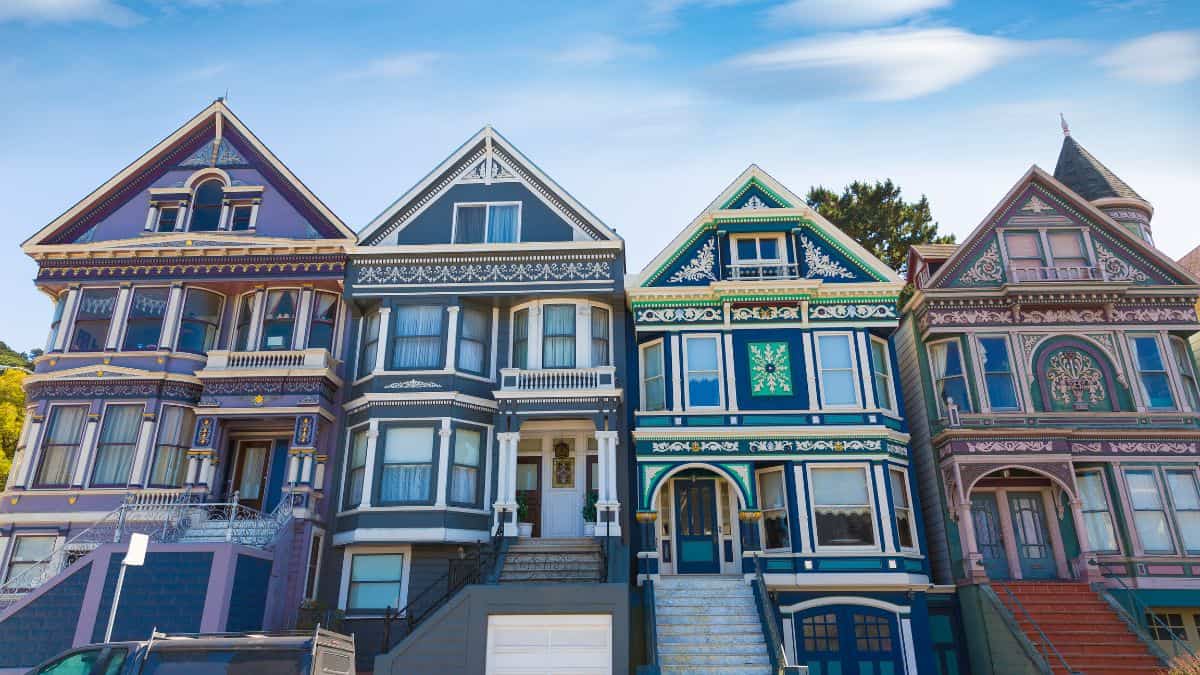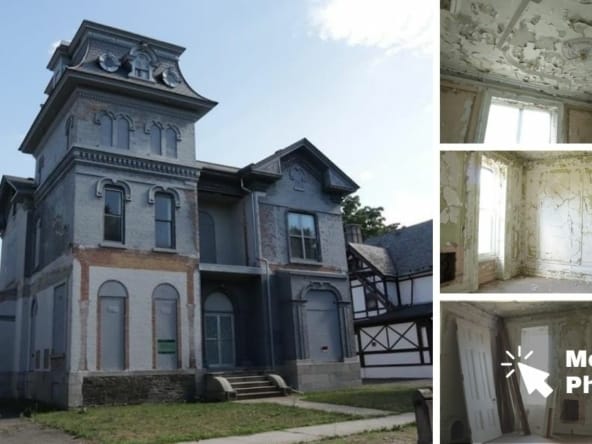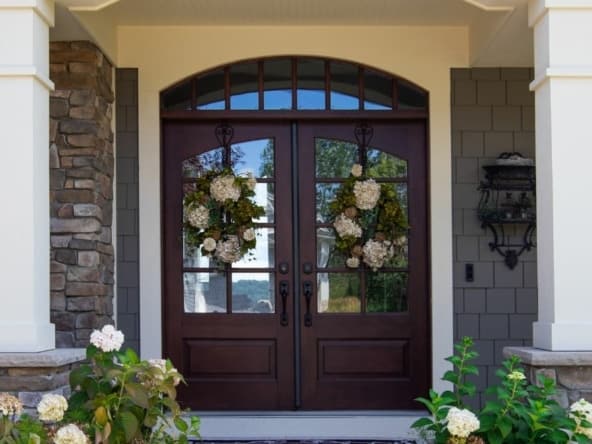Do you own a really old house?
So old that you feel like it deserves antique status?
Just because a house or item is old does not mean you could call it an antique. There need to be other qualifiers that factor in as well.
Maybe your house is old but not old enough, making it just another house on the block. Perhaps it is a newer house that was built with an antique style.
What Is an Antique?
Let us start by first understanding the dictionary definition of an antique.
According to Merriam-Webster, an antique is an item that is representative of the fashion and style of an earlier period. It was also created in that same era and is considered to be at least one century old.
Something is usually considered an antique not only because of its age but also because of its beauty, condition, rarity, personal emotional connection, and historical significance.
That definition seems pretty straightforward. So straightforward that the United States Customs Service also shares this view, stating that an antique is something that is at least 100 years old.
So, by these standards, an antique home should at the very least be a century old.
While houses that old, rare, and beautiful, defining your house as an antique is a little more complicated. Other factors are involved, and we’ll delve into some additional factors further along.
Before getting into specifics about what makes an old home an antique one, let us discuss some common terminology.
There are often items that are confused or conflated as antique when according to the standards set forth by the dictionary and the government, they would be qualified as something else entirely.
The term “vintage” gets thrown around a lot as an acceptable substitute for describing something that is actually an antique.
So, what does it take for something to be considered vintage, and how is it different from an antique?
What Is Vintage?
The term “vintage” was initially used about bottles of wine and was later co-opted and used as a more general term to describe anything less than a quarter century old or has come back into fashion.
It generally describes items or clothing styles from the 1950s to the 1970s, but not always.
For example, bell bottoms would be considered vintage but not antique.
What Is Retro?
The prefix is from the word “retrograde” or “retroactive” and means “backward” in Latin.
“Retro” is sometimes used interchangeably with “vintage” and is sometimes confused with an antique. Retro describes something that is fashionably nostalgic or old-fashioned.
So, the key difference here is that vintage items were produced in the era they represent. Something is retro if it was made to replicate an item from a different era for nostalgic purposes.
For example, if a bed frame is brand new but resembles a style from the 1930s, it would be considered retro because it only represents that period instead of being built in it.
Installing a shag carpet in any home nowadays would be considered a retro move. Wearing bell bottoms from the 1970s in a room with a new shag carpet means that you are wearing vintage pants while standing in a retro room, even if the house is considered an antique.
Is Your House an Antique?
If you have determined that your house is more than a century old, you still need to check off a few more boxes before proclaiming that it is an antique and deserves to be treated with respect and dignity.
Countless houses and buildings are over a century old, but most have been extensively remodeled.
Some have been converted into businesses that would often require internal remodeling and structure reinforcements, bringing into question the original structure’s integrity as an antique house.
Read More: Are Victorian Houses Money Pits?
Have Preservation Attempts Been Made or Attempted?
If your old house has gone through rigorous remodeling projects over time, then there is a good chance that its antique status could be considered null and void.
This status depends on many factors, of course, but if the house was initially built over a hundred years ago but is comprised mainly of pieces within the past few decades, then an argument could be made that it is not the same house.
It would be a Ship of Theseus type of situation and open up an interesting philosophical discussion.
Read More: How Long Will A 100-Year-Old House Last?
Are the Safety Codes Up to Date?
If the wiring setup is outdated and would not pass a current safety inspection, there is a good chance it could be considered an antique.
Safety regulations in the United States were first introduced in 1905 by the National Board of Fire Underwriters, which led to the creation of the National Building Code, which eventually led to the creation of the International Code Council.
The safety codes and regulations are much different and safer today than they were back then. Suppose your house has electrical wiring that would be considered hazardous by today’s standards.
In that case, you are another step closer to being able to tell people that you have an antique house, honestly.
Is It in Good Condition?
If your old house is still in good condition despite over 100 years of weathering, chances are it could rightfully be considered an antique.
Part of the classification of an antique is that it is beautiful alongside being old and rare. An old home like that could be old and rare, but if it is in a severely dilapidated state and falling apart, it reduces the chances of you being able to brag to your friends that you have yourself in an antique house.
Further Reading: What Should I Look For When Buying An Old House?
Conclusion
What is considered an antique house? If your house is over a century old, in good condition, and has had minimal upkeep throughout its entire existence, there is a great chance that you have yourself an antique.




